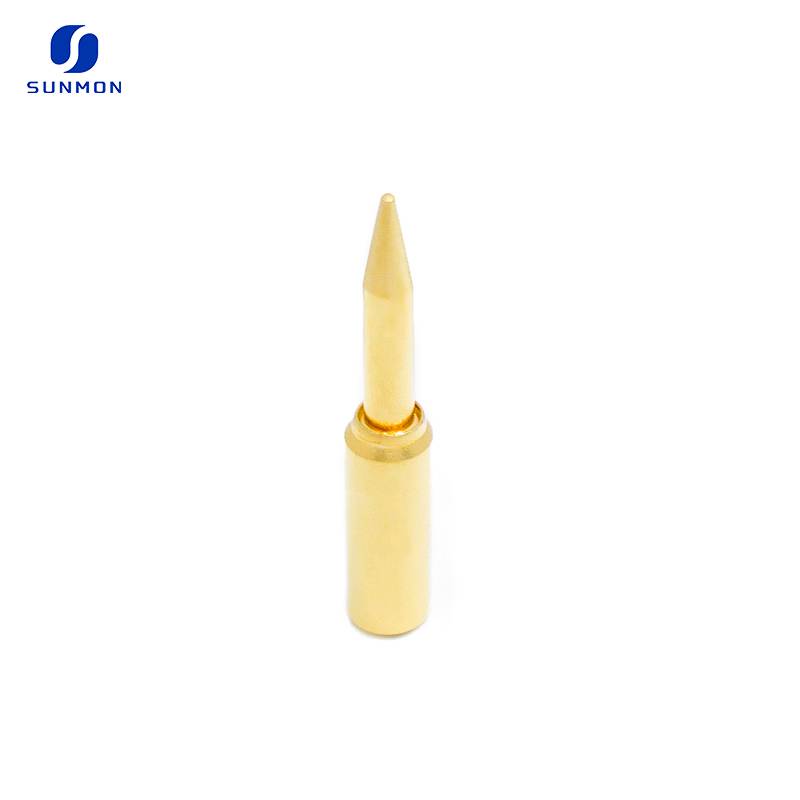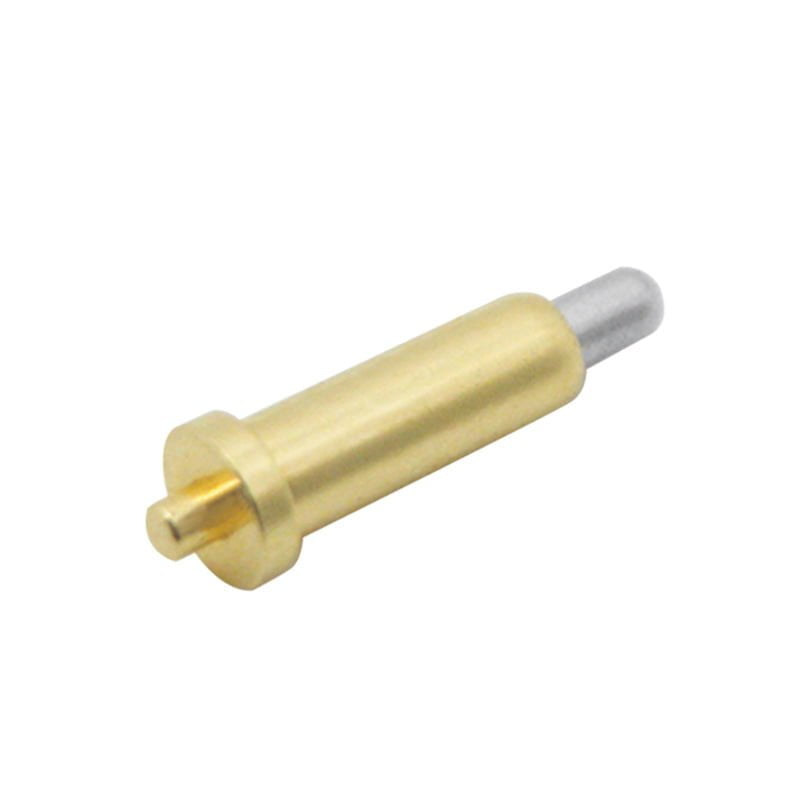The thickness of gold plating on pogopin is generally determined based on the application scenario, with the most common being 3u “-5u”. Thick gold plating is also available, but it is usually used for connectors with special application scenarios. The main reason why conventional connectors do not have thicker plating is because gold plating has a significant impact on the price of connectors. Blindly increasing the thickness will only lead to an increase in connector costs, and choosing the appropriate plating is the key.
Gold plating can prevent metal oxidation and corrosion, maintain good conductivity, so most connectors will be plated with gold, and the higher the thickness of gold plating on pogopines, the higher the resistance to the environment, and it is not easy to wear down the connector itself, so the service life is also long. In some special environments, gold plating cannot resist external corrosion well. Platinum plating or composite coating designs can also be chosen, which can be applied in special environments.
How to choose the appropriate gold plating thickness for pogopin to save costs without sacrificing performance? You can contact sunmon Electronics, a professional technician, to provide connector design solutions and determine the performance of the connector based on its structure. You can contact sunmon Electronics at any time to provide you with one-stop service.



